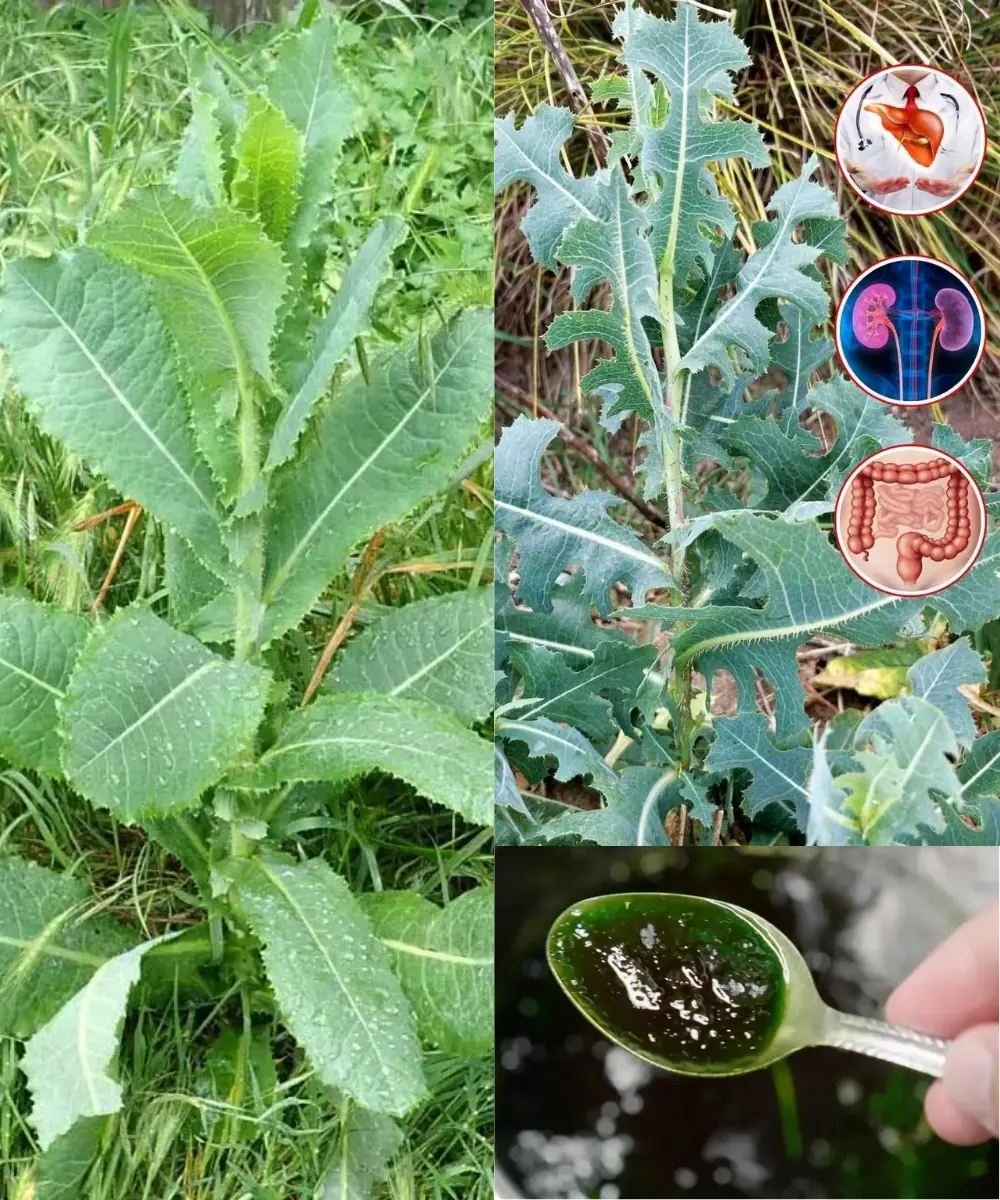
Healthy 22/02/2025 19:12
The Incredible Benefits of Queen Anne’s Lace: Nature’s Hidden Treasure
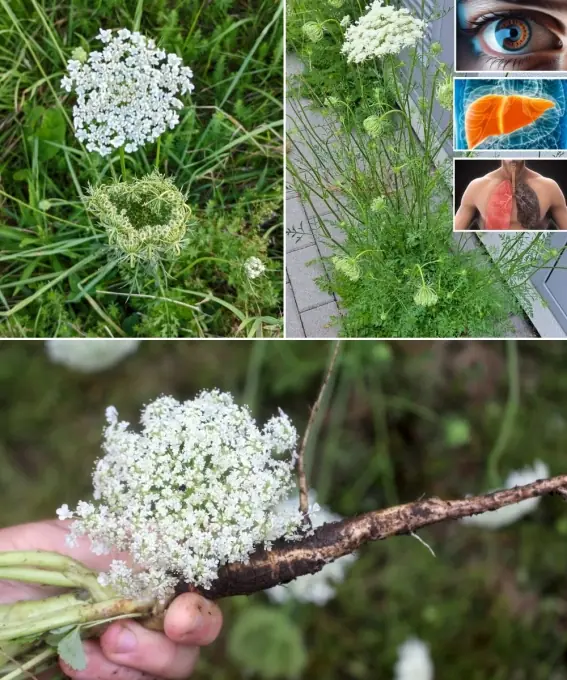
News in the same category

Healthy 23/02/2025 01:05
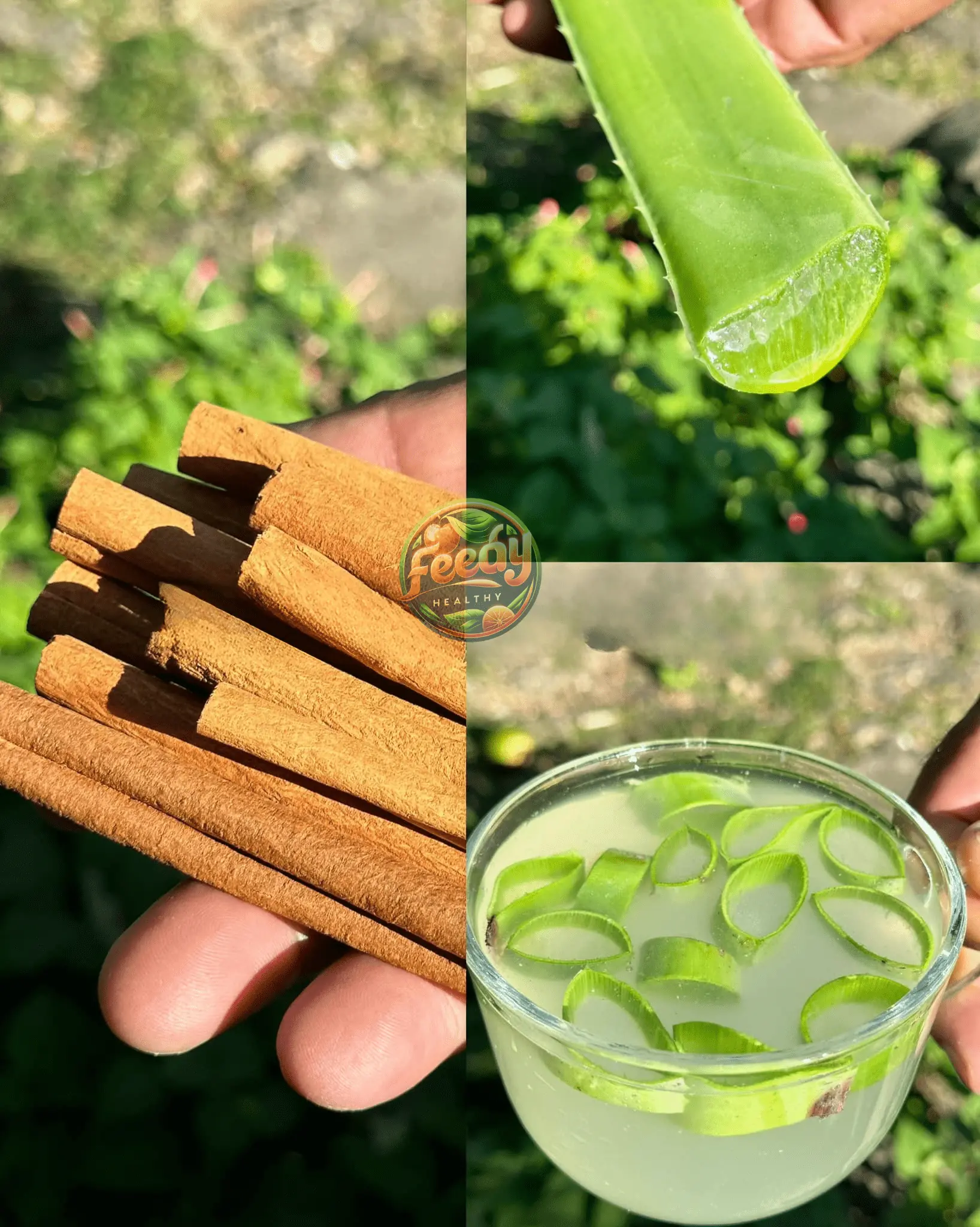
No One Should Die from Cancer or Lose Their Vision – Try This Powerful Recipe!
Healthy 23/02/2025 00:51

5 REASONS WHY YOU SHOULD SLEEP ON YOUR LEFT SIDE
Healthy 23/02/2025 00:45
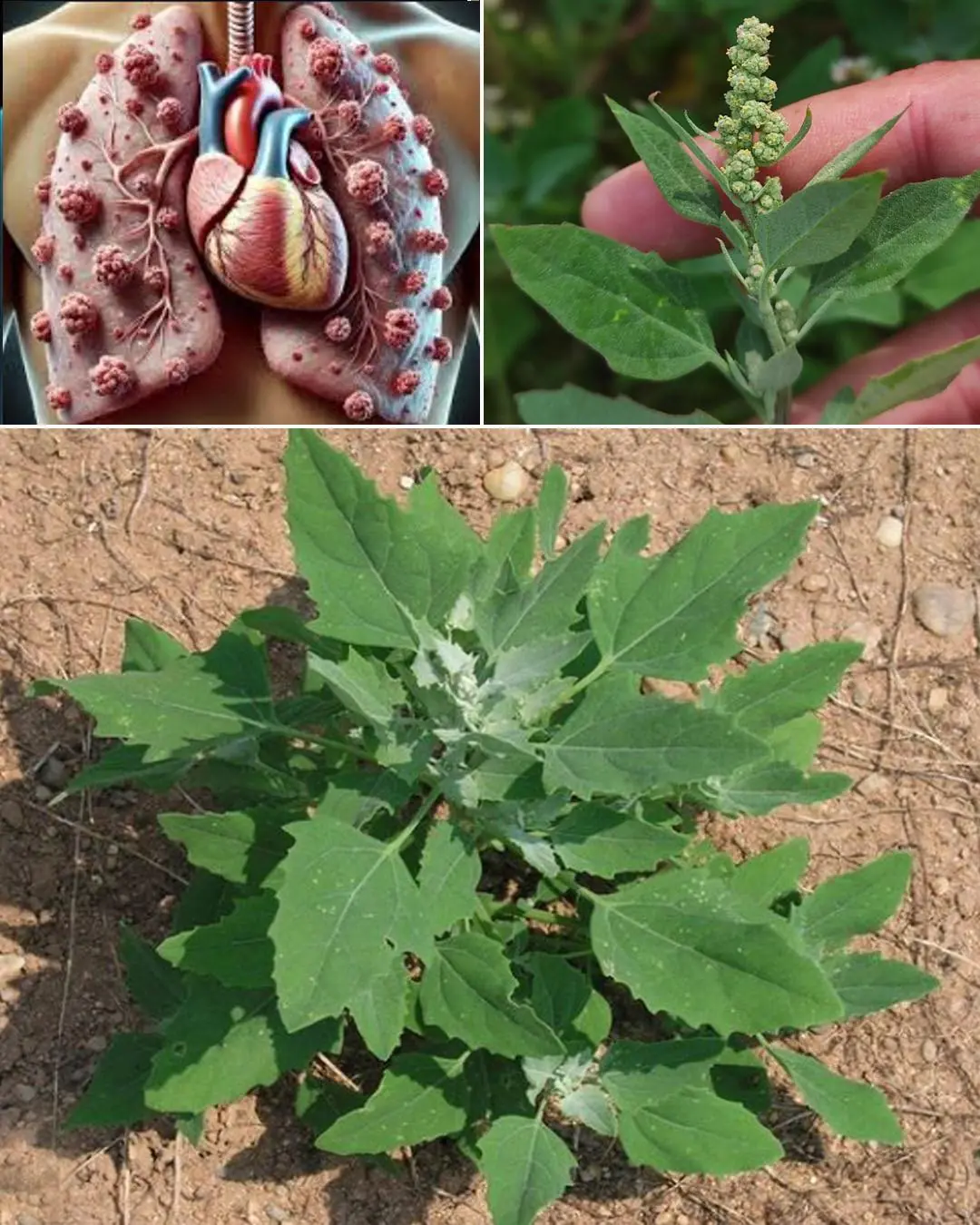
Lamb’s Quarters: The Overlooked Superfood with Incredible Health Benefits
Healthy 23/02/2025 00:42
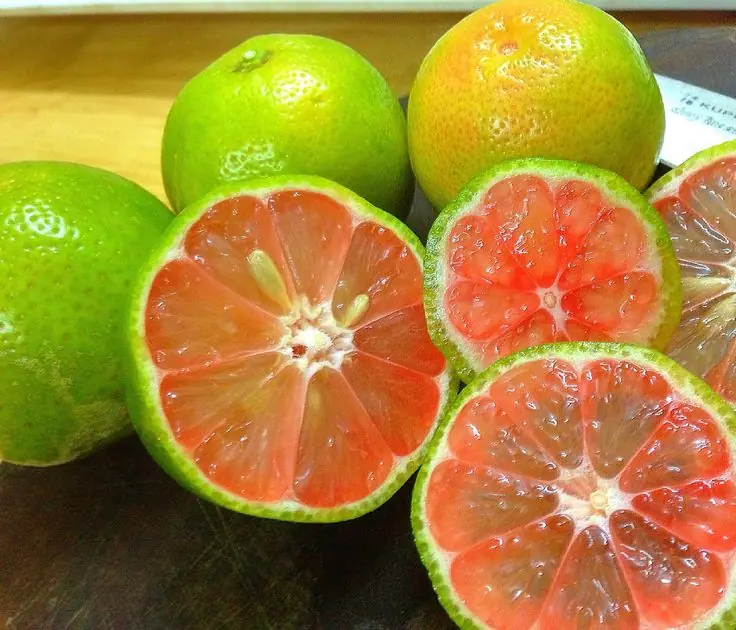
Restoring Lemon’s Reputation Health Benefits and Everyday Uses
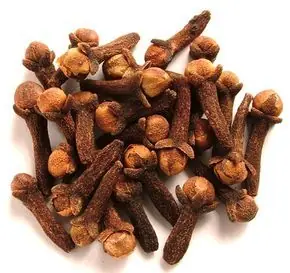
After 50: Chew 2 Cloves Daily on an Empty Stomach and Reap These Health Benefits

Effective Remedy for Painful Menstruation, Black Period, and Toilet Infection

High-Cholesterol Foods" – Several Times More Than Egg Yolks! Avoid Them Early to Prevent Strokes
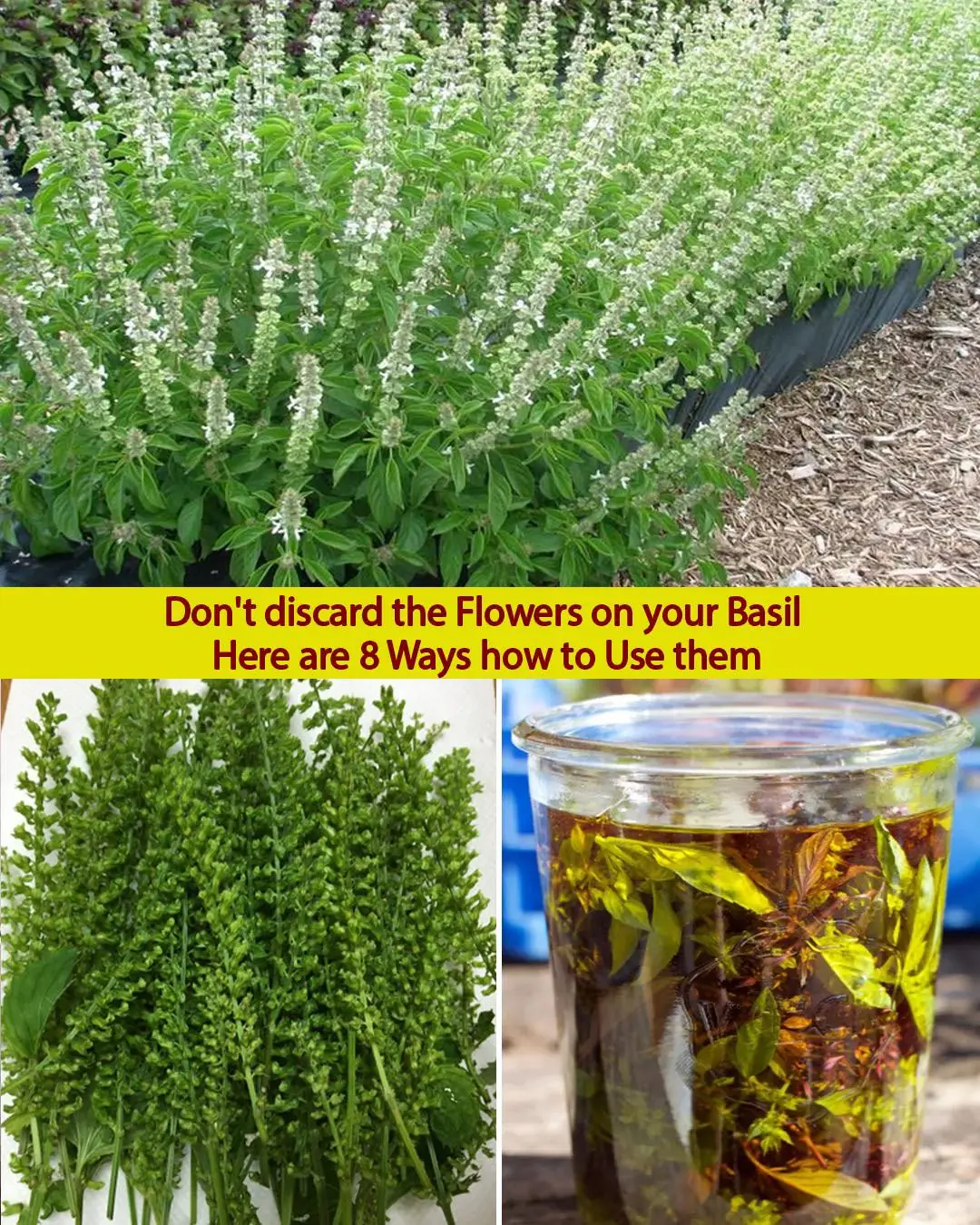
Basil Flowers: Uses and Benefits
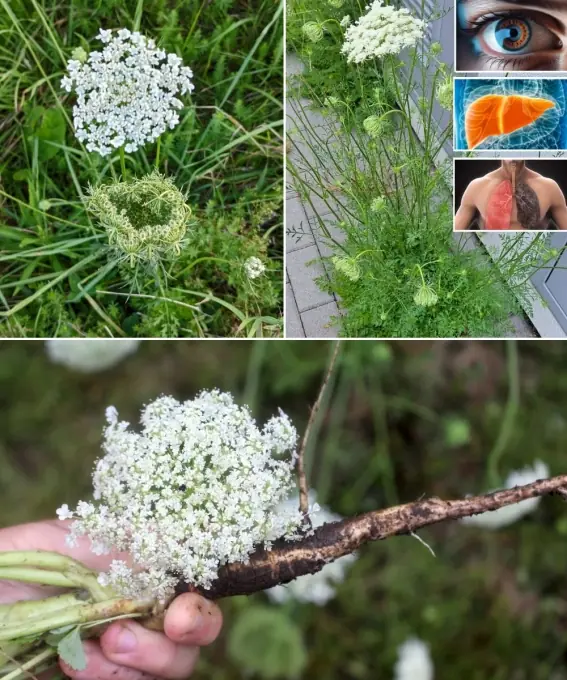
The Incredible Benefits of Queen Anne’s Lace: Nature’s Hidden Treasure
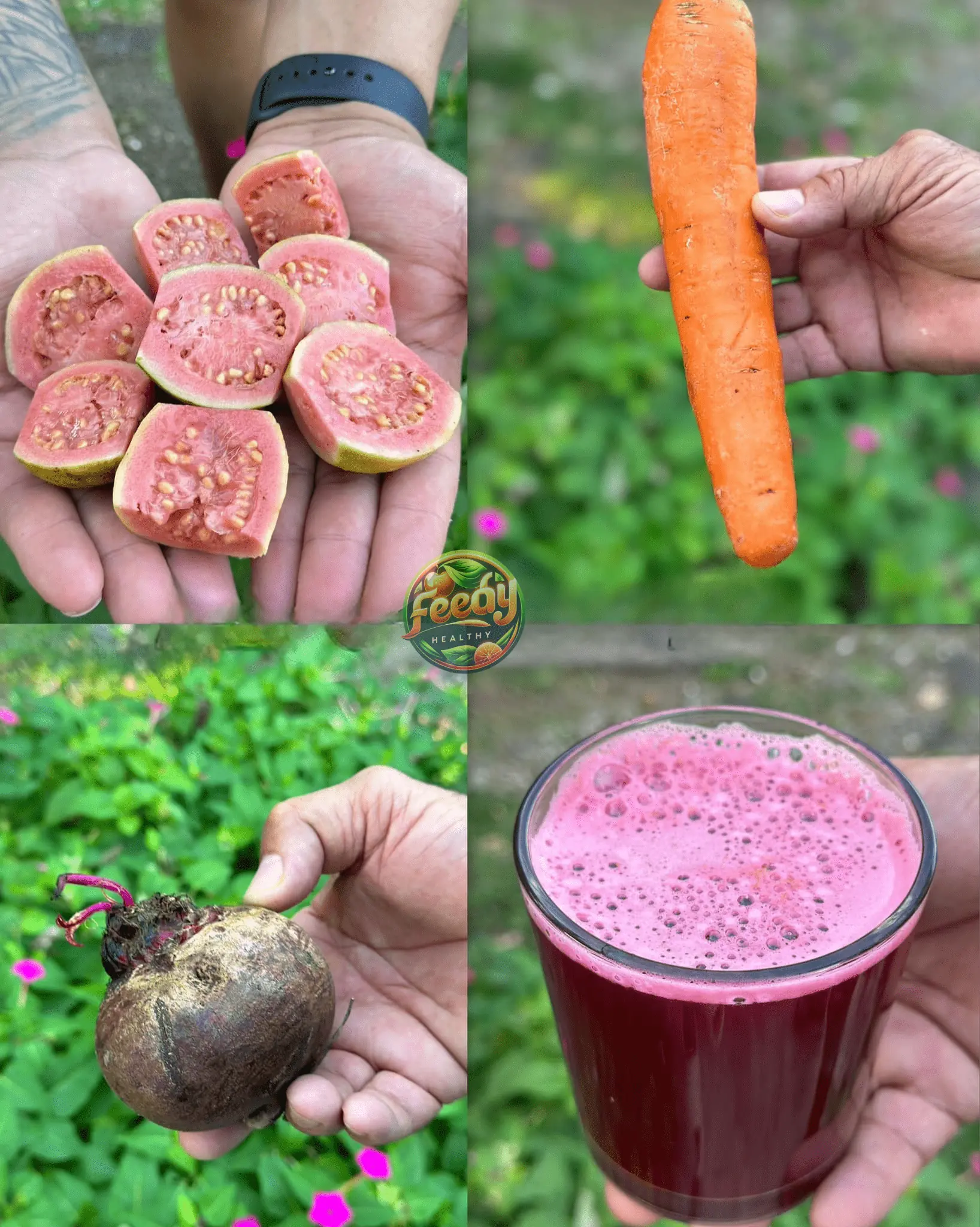
My Grandmother No Longer Suffers from Anemia, Vision Loss, or Liver Problems – Thanks to This Powerful Natural Remedy! 👇
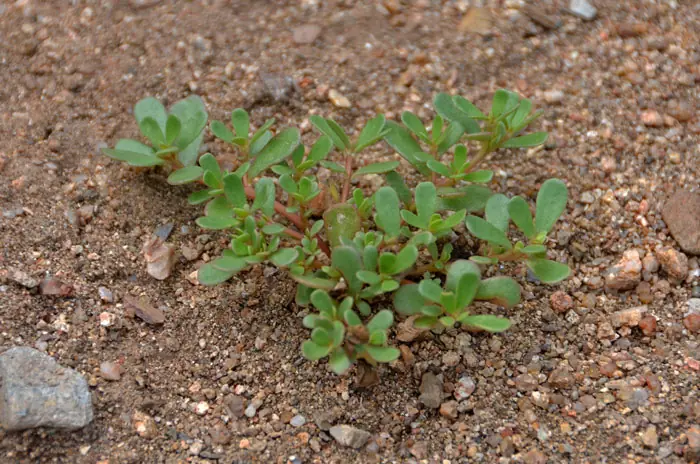
Purslane: The Superfood That Outshines Meat – 7 Reasons to Grow It in Your Garden

The Hidden Power of Papaya Latex

7 Warning Signs of Leukemia You Shouldn’t Ignore
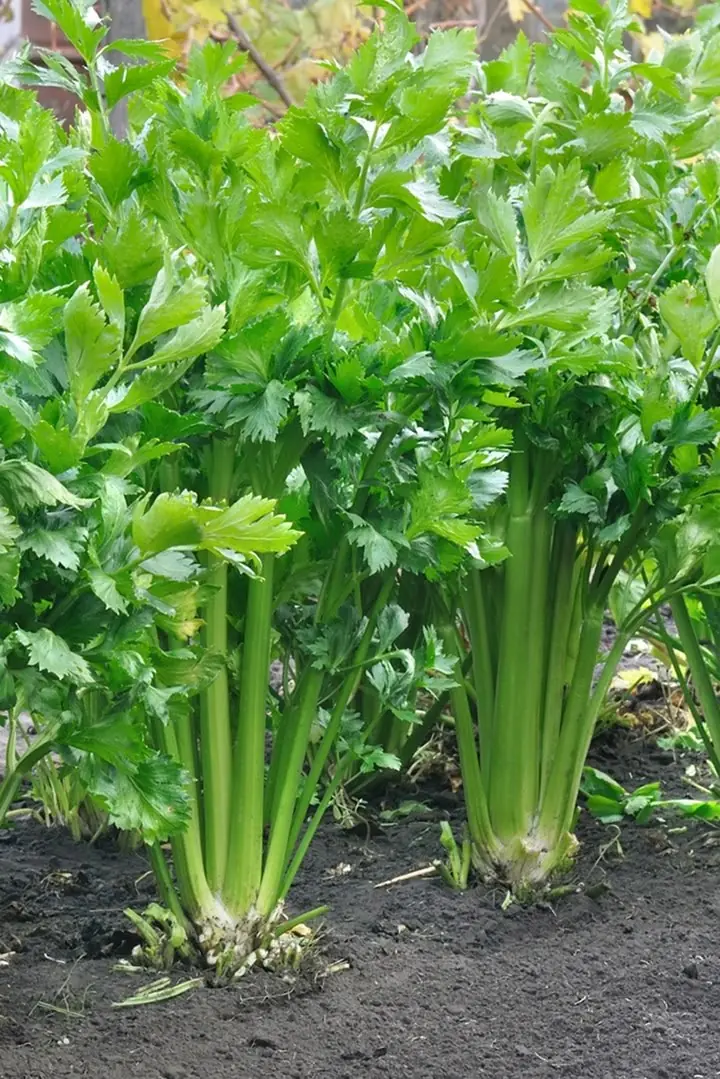
When You Eat Celery Every Day for a Week, Your Body Might Get These 14 Health Benefits
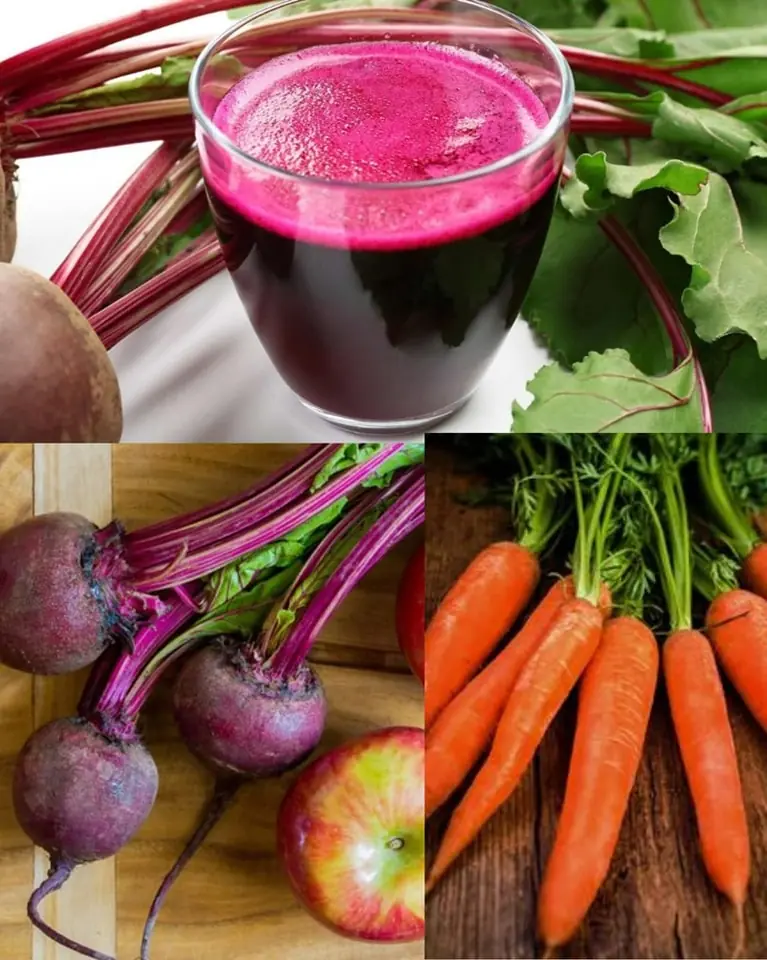
Drink This Daily for Glowing Skin, Detox, and Energy! 🍏🥕❤️

4 Common Types of Cancer in Women
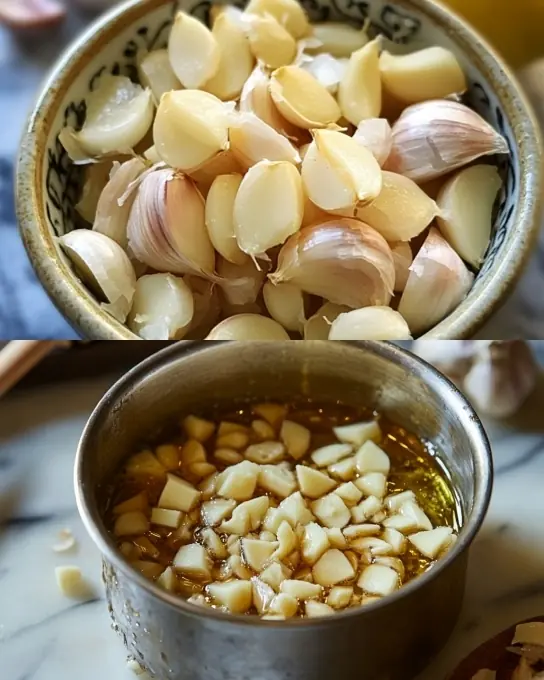
The Remarkable Health Benefits of Garlic: A Science-Backed Exploration

New Coronavirus Strain Found in Bats in China Could Potentially Infect Humans

Excessive Saliva Production in the Mouth: A Warning Sign of Health Issues You Shouldn’t Ignore
News Post

12 WARNING SIGNS OF A HEART ATTACK YOU SHOULD NOT IGNORE
Health News 23/02/2025 03:11

Pope Francis in Critical Condition After Prolonged Respiratory Crisis: Sepsis Risk Threatens His Life
Health News 23/02/2025 02:15

🥒🍇 Cucumber and Grape Smoothie
Smoothie 23/02/2025 01:59

Tropical Oatmeal Smoothie – A Creamy, Nutritious Delight! 🥭🍍
Smoothie 23/02/2025 01:53

Blueberry Pineapple Smoothie – A Tropical Antioxidant Boost! 🍃✨
Smoothie 23/02/2025 01:48

Kiwi Banana Smoothie – A Refreshing & Nutrient-Packed Delight! 🍃
Smoothie 23/02/2025 01:44

Strawberry Banana Smoothie – A Classic & Refreshing Delight! 🍹✨
Smoothie 23/02/2025 01:37

Delicious Papaya Smoothie – Tropical Bliss in a Glass! 🍹✨
Smoothie 23/02/2025 01:33

Pink Punch Smoothie – A Tropical Delight! 🌸🍍
Smoothie 23/02/2025 01:28

Creamy Pistachio Smoothie – A Nutty & Nourishing Treat! 🌿🥤
Smoothie 23/02/2025 01:24

Creamy Avocado Banana Smoothie – A Nutrient-Packed Delight! 🥤✨
Smoothie 23/02/2025 01:20

Berries & Banana Smoothie – A Berrylicious Treat! 🫐✨
Smoothie 23/02/2025 01:13

Unlocking the Secrets of Prickly Lettuce: A Natural Wonder for Health and Culinary Delights
Healthy 23/02/2025 01:05

🍍🥭 Pineapple Mango Smoothie 🥤✨
Smoothie 23/02/2025 00:57

No One Should Die from Cancer or Lose Their Vision – Try This Powerful Recipe!
Healthy 23/02/2025 00:51

5 REASONS WHY YOU SHOULD SLEEP ON YOUR LEFT SIDE
Healthy 23/02/2025 00:45

Lamb’s Quarters: The Overlooked Superfood with Incredible Health Benefits
Healthy 23/02/2025 00:42

Enhance Your Vision Naturally with Parsley Juice
Home Tips 23/02/2025 00:29

Put this for 1 hour in your house, you will never see flies, mosquitoes or cockroaches again.
Home Tips 23/02/2025 00:12

Banana-Blueberry Smoothie – A Delicious & Nutritious Blend
Smoothie 22/02/2025 23:24